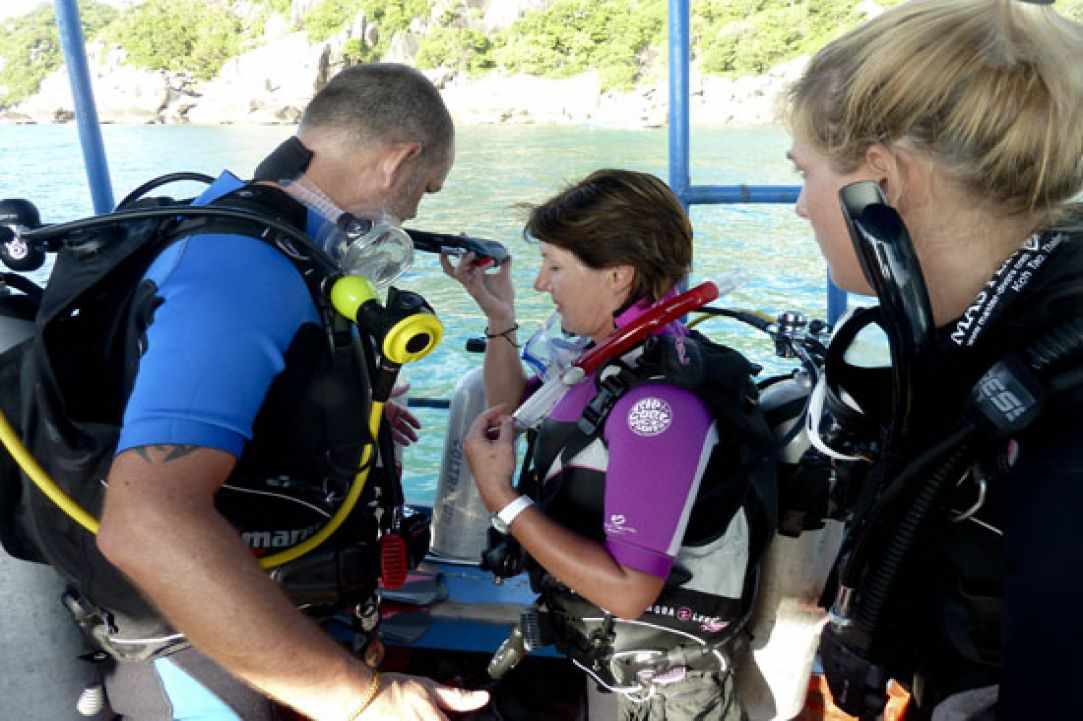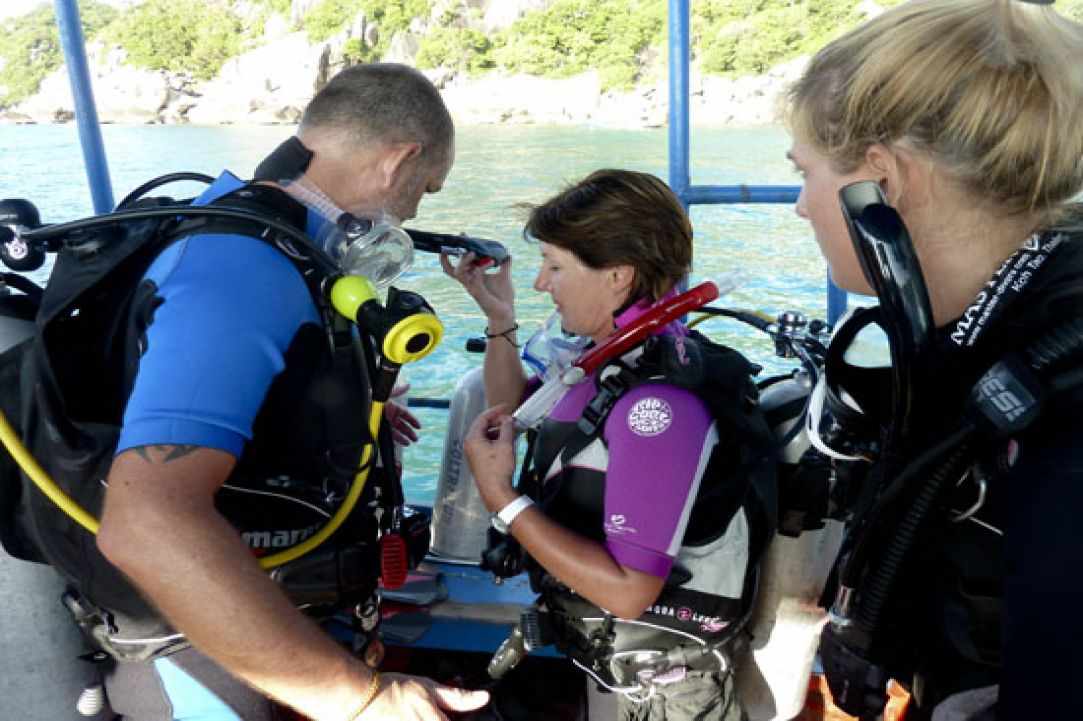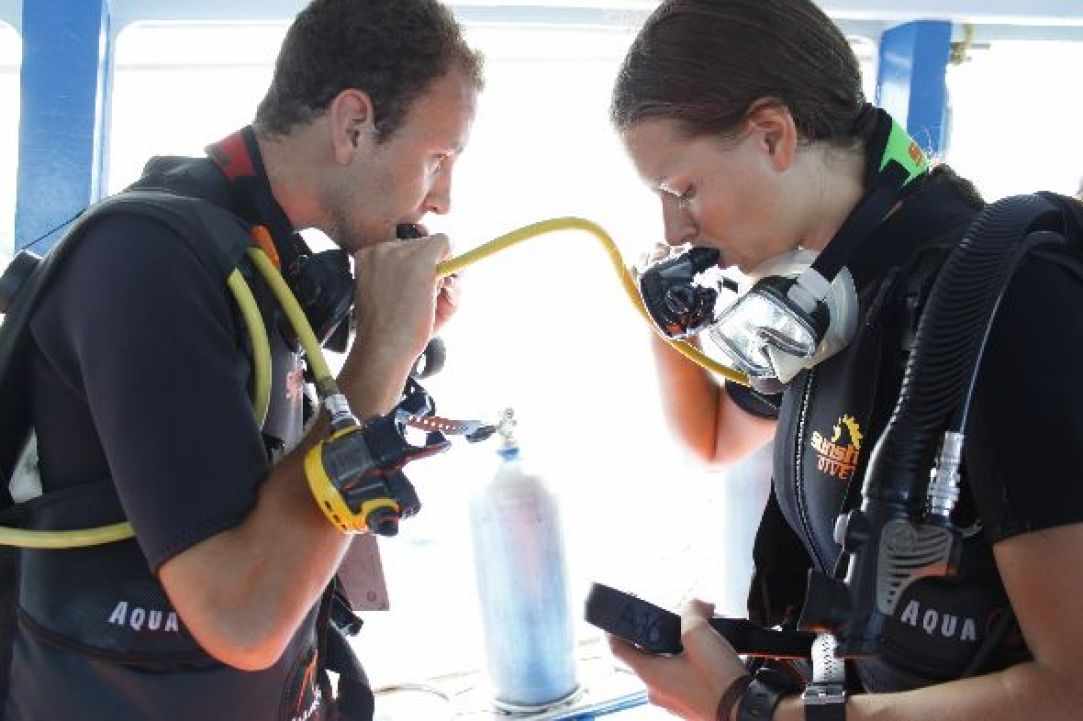Buddy Safety Check
Pre-dive safety check
Your Reminder on How To Do The Pre-Dive Safety Check
The pre-dive safety check more commonly known as the buddy check, and it should be the last thing you will do before entering the water for your dive. It is also a good procedure to review the dive plan and signals to be used as part of or immediately before starting the buddy check
Diving Safety
Most experienced divers will create their own safety check before or as part of putting on their gear. The buddy check should be just a verification that you did not miss anything. It is much easier for you to check the function of your BCD before putting it on. While the order will be different, all the items in the buddy check should have already been verified before you have the buddy start.
The 5 Steps in a Pre-Dive Safety Check
The procedures for a buddy check will vary depending on where you learned to dive and sometimes the type of diving you do. While the procedures will differ, they all check for the same items. The largest training agency uses a five-step safety check for their buddy check procedures.
They use an Acronym of BWRAF. and a mnemonic device of, Begin With Review And Friend. Divers have come up with their own mnemonics, some funny, all easy to remember which is the point.
B-BCD
The functions of the BCD are the first items to be checked during the buddy check. The buddy will test the inflator and the releases. Before donning your BCD, you should check the over-inflate valve. Doing so on the boat or shore wearing all of your gear can be uncomfortable. The tank strap should be checked, and the buddy should test that the tank will not slip.
W-Weights
The second step in the pre-dive safety check requires you to check your buddy's weights and weights belt. Look at the quick release to ensure that it is fully closed and will not catch on anything.
See that the belt is firmly in place and the weights are around the entire body. Make sure that the end is secured without interfering with a quick release and that nothing will hinder releasing the belt.
When your buddy is using a BCD with integrated weights, ensure you know how to release the weights in an emergency. Verify that the weight pouches are properly secured and that the closures for weights not releasable are secured.
The releases on the BCD should be checked to ensure they are all secured. The cummerbund and shoulder straps should be flat and properly tightened. Any equipment hanging from the BCD should be secured. Dive Lights should be checked. On a night dive activate the tank light.
A-Air
The breathing gas supply needs to be checked. Verify that the tank valve is fully open, but not forced. Have your buddy take a few full breaths from the regulator as you watch the pressure gauge. The gauge should remain steady. Repeat with the alternate air supply.
In the past divers were taught to open the valve fully and then turn back a half turn. This was in the belief that a fully open valve would damage the seal. If a value were only a quarter turn open, it could pass the gauge pressure review being steady while using the regulator.
However, under pressure and increased demand of breathing, it might not deliver enough air and the diver could pass out before sufficient air was once again flowing. You will often still read that the turn back is a safety precaution. However, it is responsible for some deaths. The tank valve should be either fully open or fully closed.
F-Final
Do a final overall check, to ensure all your gear is streamlined as possible and your fins and mask are at hand.
Enjoy your dive!!!!!!!!!

BWARF stands for BCD (Buoyancy Control Device), Weights, Air, Releases, Final OK -pre-dive checklist

 English
English
 Ελληνικά
Ελληνικά Русский
Русский




































 Posted by
Evi Neocleous
Posted by
Evi Neocleous






